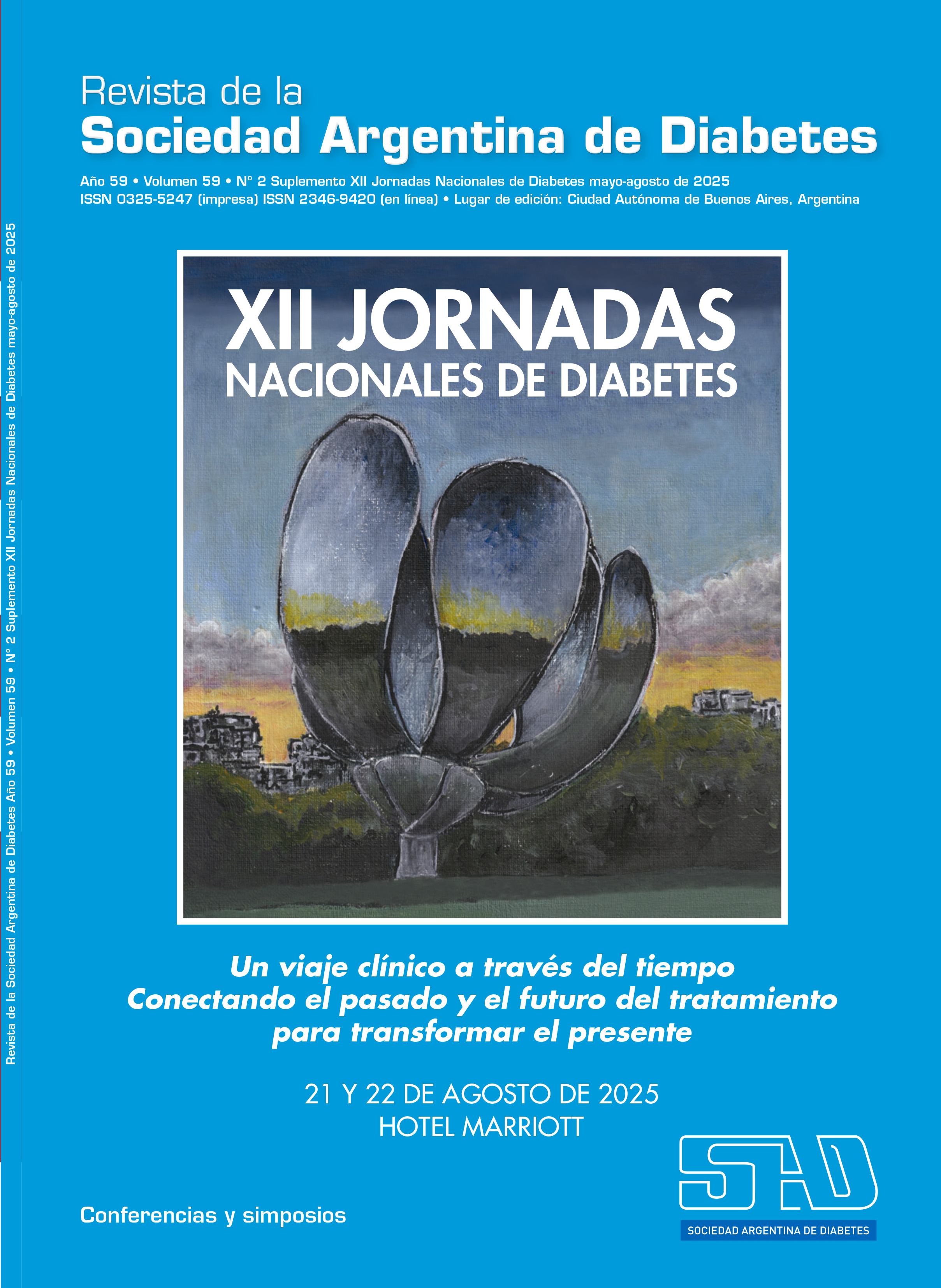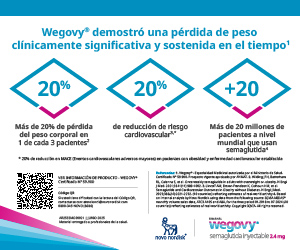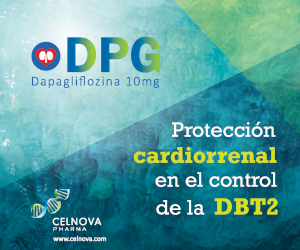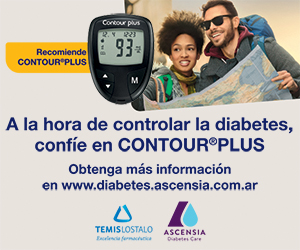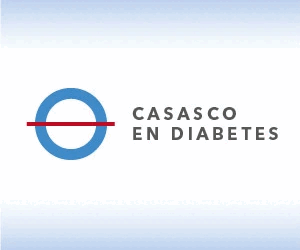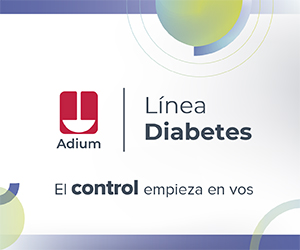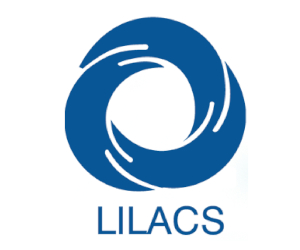Factors that trigger metabolic imbalance in a person with prediabetes
DOI:
https://doi.org/10.47196/diab.v59i2Sup.1227Keywords:
factors, prediabetesAbstract
Metabolic decompensation in people with type 2 diabetes mellitus (T2DM) is triggered by poor adherence to antidiabetic treatment, clinical complications, or a combination of both. The most common is poor insulin action in relation to hyperglycemia in the context of dehydration.
In prediabetes, the degree of impaired glycemic control is clearly less, and there is no severe insulinopenia or risk of extreme hyperglycemia, characteristic of diabetic ketoacidosis or non-ketotic hyperosmolar state.
Recently, new drugs have been developed that, in addition to their antihyperglycemic effect, have demonstrated efficacy in cardiovascular prevention, renal protection, and weight control: SGLT-2 inhibitors and GLP-1 agonists (some with dual and triple agonism). Furthermore, because they are not hypoglycemic agents per se, these agents have expanded their indication to include patients with obesity, cardiovascular disease, and kidney failure, even without the presence of DM. The mechanisms of action in both cases, beyond the known benefits provided and an adequate safety profile, carry adverse events with varying degrees of risk depending on the patient's characteristics and individual susceptibility. Among these, euglycemic ketoacidosis (referring to mild hyperglycemic acidosis or normoglycemia) was observed. The cases initially reported in DM were replicated with their widespread use in people without DM (including prediabetes).
The risk of metabolic decompensation in prediabetes is related to the use of these drugs in the context of susceptible patients. These drugs can cause dehydration, gastrointestinal symptoms such as vomiting and diarrhea, and starvation. Through these and other mechanisms, these drugs cause the accumulation of ketoacids with a decrease in alkaline reserves, which worsens with volume contraction and the consequent decrease in glomerular filtration rate.
These symptoms, in the context of the use of the aforementioned agents in prediabetes, should trigger alarms to prevent the progression of the metabolic condition, especially when other concurrent factors are present.
References
I. Fayman M, Pasquel FJ, Umpierrez GF. Management of hyperglycemic crises: diabetic ketoacidosis and hyperglycemic hyperosmolar state. Med Clin North Am2017;101(3):587-606.
II. Thaibah H, Banki OJF, Banji D. Diabetic ketoacidosis and the use of new hypoglycemic groups. Real-world evidence utilizing the Food and Drug Administration adverse event reporting system. Pharmaceuticals 2025;18:201-2124.
III. Fadini G, Bonora BM, Avogaro A. SGLT2 inhibitors and diabetic ketoacidosis: data from the FDA Adverse Event Reporting System. Diabetologia 2017;60:1385-1389.
IV. Sood N. JCEM Case Report,2024;25:e946133.
Downloads
Published
Issue
Section
License
Copyright (c) 2025 on behalf of the authors. Reproduction rights: Argentine Diabetes Society

This work is licensed under a Creative Commons Attribution-NonCommercial-NoDerivatives 4.0 International License.
Dirección Nacional de Derecho de Autor, Exp. N° 5.333.129. Instituto Nacional de la Propiedad Industrial, Marca «Revista de la Sociedad Argentina de Diabetes - Asociación Civil» N° de concesión 2.605.405 y N° de disposición 1.404/13.
La Revista de la SAD está licenciada bajo Licencia Creative Commons Atribución – No Comercial – Sin Obra Derivada 4.0 Internacional.
Por otra parte, la Revista SAD permite que los autores mantengan los derechos de autor sin restricciones.



